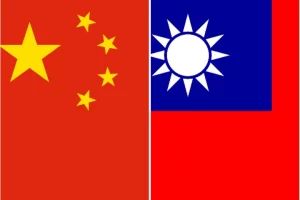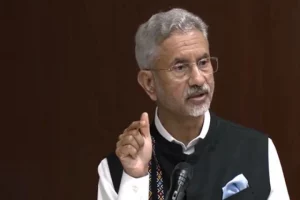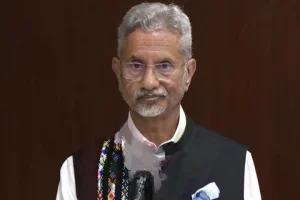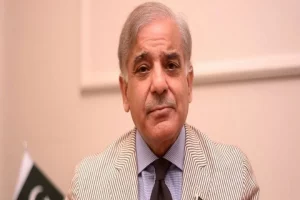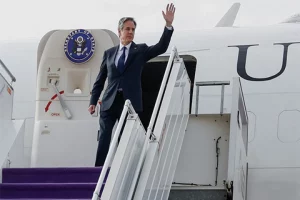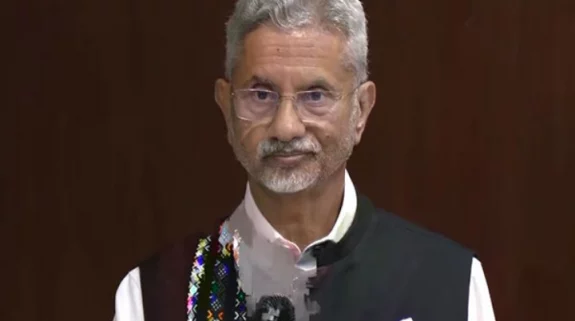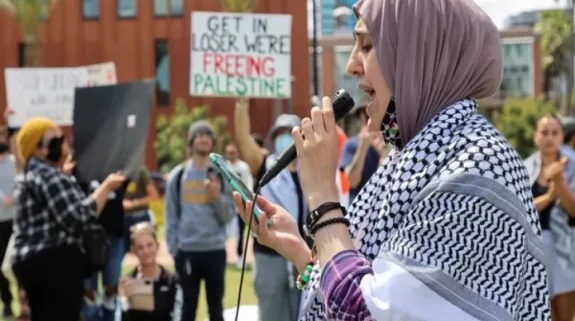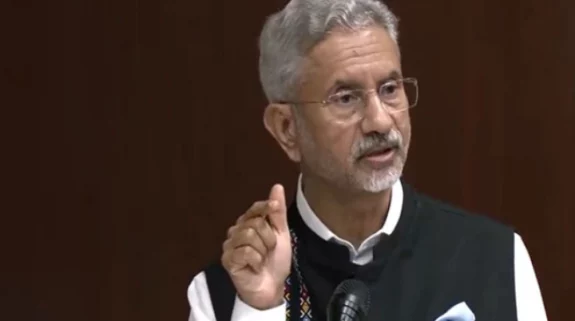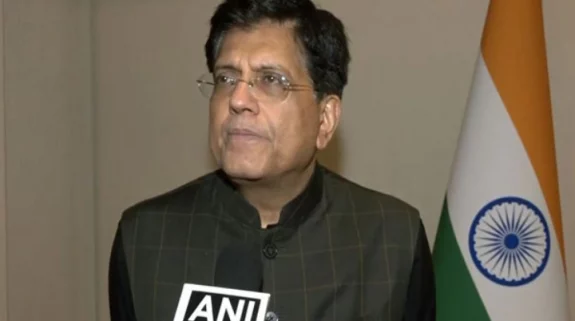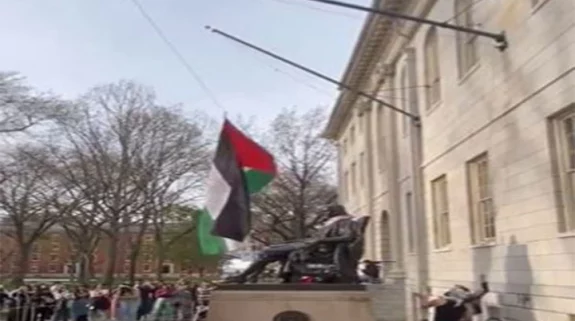Goa celebrates its Liberation Day today with the rest of the nation joining in the joy de vivre that the state is so famous for. But, it is indeed one of the odd facts of Indian history that after having secured Independence from the mighty British in 1947, it took the country another 14 years, until December 19, 1961, to liberate Goa from the clutches of Portugal, a faded European power at the time.
Once the belated political decision was taken, the Indian armed forces moved in with the same military professionalism that they had exhibited in saving Kashmir from the Pakistani attack in 1947-48 and amalgamating Hyderabad in September 1948 after decisively defeating the Nizam’s heavily-armed militia.
It was on December 18, 1961 that the Indian armed forces launched their well-coordinated attack with the air force bombarding the Dambolin airfield at the break of day. The Indian troops racing towards Panjim met with little resistance and overwhelmed the 5,000 strong Portuguese defence force which surrendered without putting up a fight. By the afternoon of December 19 both Panjim and Mapuca were captured and the main objective of the battle had been achieved.
<img class="alignnone size-large wp-image-44740" src="https://indianarrative.com/wp-content/uploads/2020/12/EMK_5N_XsAoYAS1-1024×749.png" alt="Goa Liberation Day" />
The Portuguese troops holding the islands of Daman and Diu put up a stronger resistance but with the Indian Navy’s heavy guns pounding their positions, they were also overrun on December 19.
In explanations offered by various historians the main reasons behind the long delay in liberating Goa has been attributed to both political reasons as well as then Prime Minister Jawahar Lal Nehru’s ideology of using only peaceful means to evict the Portuguese.
Nehru’s critics are of the view that he did not initiate any action against the Portuguese as the freedom struggle in Goa was being spearheaded by the opposition parties such as the Communist Party of India (CPI) and Praja Social Party. Since the Congress had little or no role to play in the state at the time it did not see any political gains in the move.
<img class="wp-image-44741 size-full" src="https://indianarrative.com/wp-content/uploads/2020/12/Indian-Navy-2.jpg" alt="Goa Liberation Day" width="981" height="972" /> <strong>ABOVE:</strong> Vice Adm RD Katari assumed charge as the first Indian Chief of the Naval Staff. His strategic vision provided a firm push towards self-reliance & indigenisation and in formulating the blue print for the strong force the Indian Navy has become today <strong>BELOW: </strong>It was during his tenure (Apr 58 – Jun 62) that India's first aircraft carrier Vikrant was acquired, heralding a new era for the Naval Aviation and also saw the participation of Vikrant in the Naval Operations for the liberation of Goa <em>(Photos courtesy: Indian Navy)</em><img class="alignnone size-large wp-image-44742" src="https://indianarrative.com/wp-content/uploads/2020/12/INS-Vikrant-1024×819.jpg" alt="Goa Liberation Day" />
Those belonging to this school of thought also point out that eventually when the Congress government took the decision for military action in Goa it came at a time when Nehru’s protege Krishna Menon was faced with a very tough electoral fight against prominent socialist leader JB Kriplani in the Northern Bombay constituency. The liberation of Goa was expected to boost the poll prospects of Krishna Menon in
the polls scheduled for early 1962.
The Congress government had faced considerable criticism in the 1950s for not taking any action against the Portuguese who had unleashed a wave of oppression against the local nationalists. Ironically, as many as 22 of them were killed and 225 injured on August 15, 1955 when they staged a rally against the Portuguese regime on a day when the rest of India was celebrating Independence Day. The Congress government came under severe attack from the opposition parties over the issue and the political pressure started to build over the years.
Nehru also came in for criticism from the developing world at this time for not supporting the militant liberation movements in Africa against colonial rule. Mozambique and Angola who were also under Portuguese rule were in the forefront of this criticism and raised the issue at a conference held in New Delhi.
Nehru, who attached a lot of importance to his international image, then had another reason to act against the Portuguese. He was under considerable pressure from the western countries to retain the status quo in Goa as Portugal was a NATO member. But the support of the developing world helped to offset this pressure as his foreign policy played out.
He finally took the plunge to liberate Goa after the state’s freedom struggle had started to reverberate in the rest of the nation and he could sense that the political tide was beginning to turn against him
on the issue..








